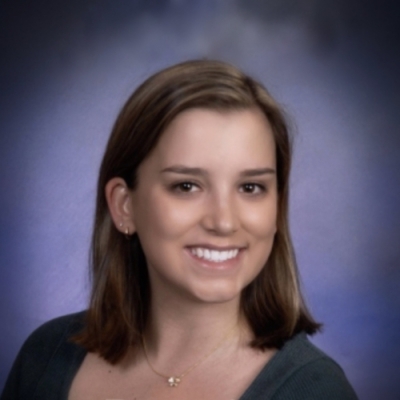“Excellence gaps,” or disparities in advanced academic performance between student groups, have important implications for both academic equity and American economic competitiveness. Although considerable work has explored how and why excellence gaps occur, what hasn’t been examined closely is what excellence gaps look like for students of different races and ethnicities within the same socioeconomic group. On October 24, the Thomas B. Fordham Institute hosted an in-person discussion of how race, ethnicity, and socioeconomic status interact to shape excellence gaps, how those gaps have evolved over time, and key implications for educators and policymakers looking to address these disparities.
Mike Petrilli of the Thomas B. Fordham Institute kicked off the event with an overview of the report recently released by the National Working Group on Advanced Education, Building a Wider, More Diverse Pipeline of Advanced Learners. “In a nutshell, what we’re saying is that, when it comes to things like gifted and talented programs, achievement grouping, advanced courses in middle school and high school, the plea was to mend it, not end it, and in fact, to extend it to many more students who could be prepared and willing to do the hard work it takes to achieve at an advanced level.”
The conversation then turned to Excellence Gaps by Race and Socioeconomic Status, a recent report co-authored by Fordham’s Meredith Coffey and Adam Tyner. The report is the first to examine achievement gaps by race and socioeconomic status together, as well as how excellence gaps have changed over the past twenty years. Meredith explained that “Essentially, within socioeconomic groups, we are still seeing racial and ethnic excellence gaps. Put differently, even if we are accounting for socioeconomic status, there are still disparities in advanced performance between racial and ethnic groups.”
Meredith was joined by Jonathan Plucker of Johns Hopkins University, Louis Moore of the Red Bank Regional District, and Allison Socol of The Education Trust for a panel moderated by Laura Meckler of the Washington Post. Here are some of the highlights.
-
Along with raising kids’ confidence and willingness to take risks, you need “clear content, clear goals that are monitored by an external authority (in other words, it’s not a local based honors course), and finally, robust support for teachers. When you put all of those things together, you get a really strong way at the high school level to make a difference.” —Louis Moore
-
“If a student is doing really well on a test, the fact that they’re not automatically enrolled [in advanced courses] is insane. We should absolutely be giving them access, but also, that should be the bare minimum. If students are demonstrating readiness and eagerness in other ways, because these tests are in no way perfectly able to capture all of a student’s brilliance, we should open the door for those others.” —Allison Socol
-
“There’s always going to be a need for those students who are four or five grade levels ahead. Those students are out there, and some of our work suggests that almost every class in the country has at least one or two... We can do this, but it is going to take some rethinking about what the default curriculum is and what ‘advanced’ means on top of that. There will always be advanced students, so how do we meet their needs while also acknowledging that we have been really undershooting the vast majority of kids in this country?” —Jonathan Plucker
-
“We talked a lot about differentiation in my teacher training program, but 0 percent of it was dedicated to thinking about differentiation for more advanced students. There was no discussion of what that should look like, and I think that’s pretty common. So in that regard, when we are thinking about how to expand these advanced programs...we need to think about how to support teachers and maintain the level of rigor of those courses.” —Meredith Coffey
-
Speaking on her experience observing detracking and differentiated instruction in Shaker Heights, Ohio: “I do think there is potential for it, but I do think it’s hard to do, and it’s really important that the high-achieving students also feel like they’re being served, and that those kids are being challenged.” —Laura Meckler
The event video is available on the Fordham Institute’s YouTube page.


